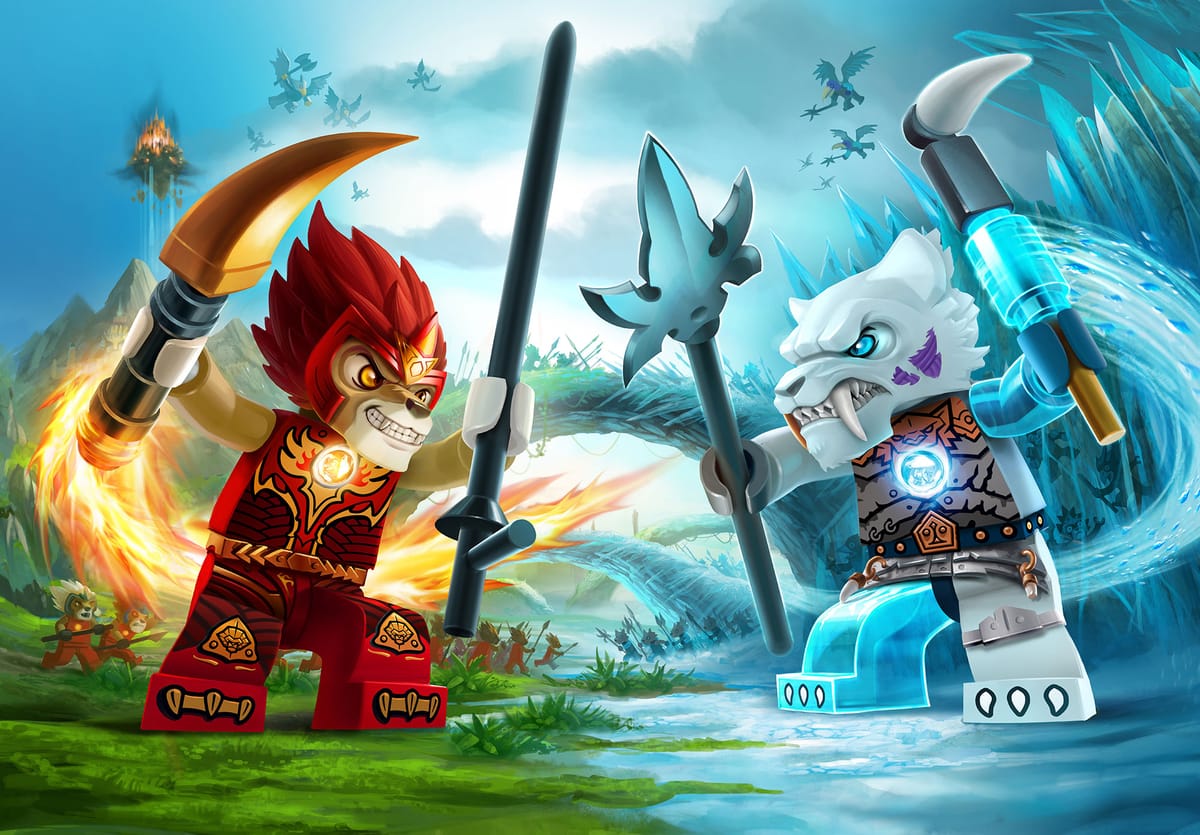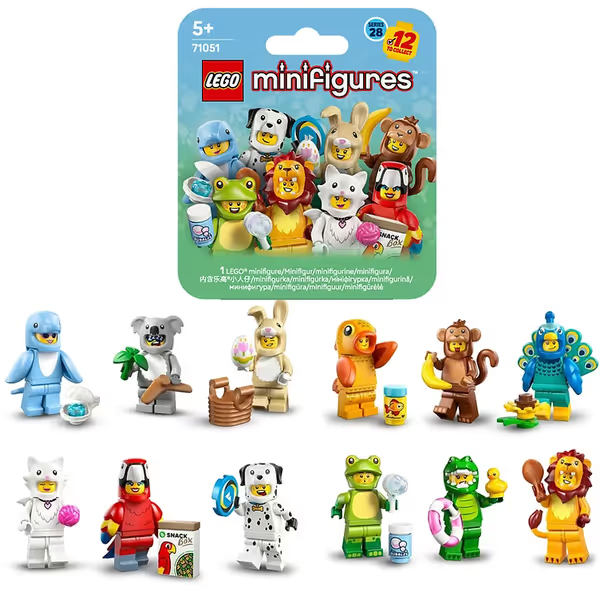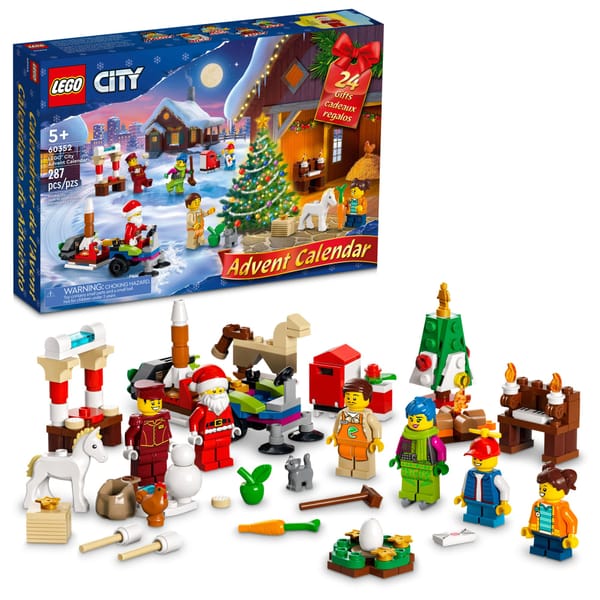Lego Chima: The Good and The Bad

The Rise of Chima
Back in 2013, Lego introduced a brand-new theme to stand alongside giants like Ninjago and Friends: The Lego Legends of Chima. With its animal tribes, battle-driven storyline, and unique power source called Chi (derived from the lore of Chinese culture), Chima quickly gained traction.

For kids, myself included, it was exciting with its fast-paced one-wheel vehicles, bold character designs, and a TV series to back it all up. For AFOLs and kids, it offered something fresh and a break from the usual Lego formula.
Unique and Diverse Sets
Let’s be real, Chima delivered some of the coolest sets Lego has ever made. From the animal-inspired vehicles like Laval’s Royal Fighter and Cragger’s Command Ship to the massive Lion Chi Temple, these builds stood out for their creativity. I dare you to find something that looks remotely like what Chima gave us.

The minifigures were a huge highlight too, with detailed tribal armor, unique head molds, and vibrant printing. My favorite thing was the masks of the animal faces and the goofy print-on faces on the Lego head molds. For collectors, the sheer uniqueness of these designs made them worth grabbing even if you didn’t watch the show. And for kids, an awesome piece of their favorite show.

Bold and Memorable Characters
One of Chima’s strongest points was its cast of characters. Laval the lion, Cragger the crocodile, and Eris the eagle created a dynamic trio that kids loved. Character development in those early on episodes and seasons built a very strong bond between the viewers and the animals.
The tribes, including lions, crocs, wolves, eagles, bears, and more, added variety and a sense of world-building Lego rarely achieved outside of licensed themes. Let alone any of there other themes. Chima had depth, and at its peak, it felt like a universe that could stand toe-to-toe with Ninjago. But that all changed.

Fire Chi and Fading Interest
As Chima grew, so did the struggle for new content. This led to the final season: the Fire vs. Ice arc in the last stretch of the show. On paper, it sounded epic, new Chi powers, fiery vehicles, and icy villains. In reality, it just didn’t land. The sets became bulkier and less elegant, the storyline grew repetitive, and fan interest waned. Chima had gone from a promising world-builder theme to something that felt like it was running out of ideas. Lego eventually retired it in 2015, leaving many to wonder what could have been if the momentum had continued.

The Legacy of Chima
Even though it fizzled out, Chima deserves respect. The sets still hold value today for collectors, and the minifigures remain some of the most creative designs Lego has ever released.
For kids at the time, it was unforgettable, and for AFOLs now, it’s a reminder that Lego isn’t afraid to experiment - even if every experiment doesn’t become a forever theme. It may not be the next Ninjago, but it will forever be the best Lego theme to many!
Final Thoughts
Lego Chima had the makings of greatness with incredible sets, bold characters, and a fresh concept unlike any other. Its downfall came when the storyline leaned too heavily on gimmicks instead of building on what made the early seasons shine. Still, for those who experienced it, Chima remains a gem - flawed, but memorable. Did you watch Chima growing up? What do you think of this timeless piece?




